This article was co-authored by Rajesh Khanna, MD. Dr. Rajesh Khanna is a board certified Ophthalmologist and the Founder of Khanna Vision Institute in Los Angeles, California. Dr. Khanna specializes in Lasik, cataract, and refractive eye surgery as well as treatments for presbyopia and keratoconus. Dr. Khanna completed his first Ophthalmology Residency in Mumbai and his second Ophthalmology Residency at SUNY Downstate in New York City. He went on to complete a fellowship training in corneal and refractive surgery from the University of Cincinnati in Ohio and a Neurophthalmology fellowship from Kingsbrook Jewish Hospital in New York City. Dr. Khanna is also a voluntary member of the UCLA faculty and is an Internationally recognized top Lasik, presbyopic implants in the eye (PIE), and Refractive vision care specialist. He is board certified by the American Board of Ophthalmology and is a certified Master of Surgery by the University of Bombay.
There are 8 references cited in this article, which can be found at the bottom of the page.
This article has been viewed 45,660 times.
Myopia, or nearsightedness, is a common condition that causes faraway objects to appear out of focus. The best course of action for those with myopia is to wear glasses or contact lenses as prescribed by a doctor. Trying to focus on far-away objects without corrective lenses can quickly worsen your myopia. However, there are some steps you can take to slow down or stop the progression of myopia, including spending time outside, eating healthy foods, and reducing the amount of time you spend reading or looking at screens.
Steps
Wearing Eyeglasses or Contact Lenses
-
1Make an appointment with an ophthalmologist. An eye doctor can prescribe corrective lenses and make suggestions about how to improve your vision. Ask your doctor about any concerns you may have about treatment, as well as any ways you can help preserve your vision.[1]
- Your doctor can make recommendations for you based on their observations. Tell your doctor about your symptoms (for example blurred vision or headaches) in order to get the best recommendations.
-
2Fill your prescription and wear glasses or contacts as suggested. Your doctor will give you a prescription that specifies the strength of the lenses you should buy.[2] If you are interested in contact lenses, you should ask about the process of getting fitted for contacts, and how to handle them hygienically.[3]
- Adults should go to the ophthalmologist every 2 years.
- You can purchase glasses or contacts from most doctors, but it is usually cheaper to ask for a copy of your prescription and buy glasses elsewhere.
Advertisement -
3Avoid under-correcting your vision. Some people ask their doctors to write a prescription weaker than what they actually need, giving them worse than 20/20 vision. Some people believe that this makes the eyes work to adapt to blurrier vision and self-correct. However, the vast majority of scientific studies do not back this up. Make sure to fill your prescription exactly as your doctor writes it.
- Some studies found that under-correction of myopia made vision worse over time.
Making Lifestyle Changes
-
1Spend more time outside. Recent studies suggest that spending more time outside as a child, teen, or young adult may help slow the progression of nearsightedness over the course of your whole life. Researchers haven't recommended any particular amount of time, but suggest getting outside every day to improve your vision.[4]
- These studies have suggested that simply spending time outside makes the difference. You don't need to exercise and it doesn't need to be a sunny day in order for your eyes to benefit from outdoor time.
-
2Reduce the amount of time you spend reading or looking at screens.[5] Close reading distance of around 20 centimetres (10 in) and extended reading times of longer than 45 minutes can cause eye strain and worsen myopia. Take frequent breaks to look around the room when you are reading or looking at screens.[6]
- Although some doctors recommend removing lenses when focusing on close-up objects, most studies show that there is no harm in wearing lenses full-time.
EXPERT TIPDr. Rajesh Khanna is a board certified Ophthalmologist and the Founder of Khanna Vision Institute in Los Angeles, California. Dr. Khanna specializes in Lasik, cataract, and refractive eye surgery as well as treatments for presbyopia and keratoconus. Dr. Khanna completed his first Ophthalmology Residency in Mumbai and his second Ophthalmology Residency at SUNY Downstate in New York City. He went on to complete a fellowship training in corneal and refractive surgery from the University of Cincinnati in Ohio and a Neurophthalmology fellowship from Kingsbrook Jewish Hospital in New York City. Dr. Khanna is also a voluntary member of the UCLA faculty and is an Internationally recognized top Lasik, presbyopic implants in the eye (PIE), and Refractive vision care specialist. He is board certified by the American Board of Ophthalmology and is a certified Master of Surgery by the University of Bombay.Board Certified Ophthalmologist
 Rajesh Khanna, MD
Rajesh Khanna, MD
Board Certified OphthalmologistTake a 20-second break every 20 minutes and look at something 20 feet away to reduce eye strain.
-
3Adjust your computer's screen settings. Optimizing your computer's screen settings so that they are most comfortable to your eyes can help prevent eyestrain. Set the resolution on your computer screen to the highest option, and adjust the brightness and contrast settings until they are comfortable to your eyes. Try to sit at least 20 centimetres (10 in) from the screen.[7]
- The brightness of a room can change how the brightness of a screen affects your eyes. Readjust if the lighting changes, or use an auto-adjust setting if your computer has one.
-
4Avoid reading in dimly lit rooms. One study suggested that increased indoor lighting could potentially reduce myopia. More research is needed in this area, but it won't hurt to do indoor work in well-lit areas.[8]
- Research suggested for many years that children who spent too much time reading in the dark developed nearsightedness. Although more recent research has cast doubts on this correlation, reading or writing in the dark can still cause eye strain.[9]
-
5Eat healthy foods that help preserve eyesight. A vitamin- and mineral-rich diet can improve overall health and help preserve your vision. Some suggested foods include deep-water fish, leafy greens, eggs, carrots, berries, citrus, nuts, and beef. Aim to eat at least one serving of omega-3 fatty acids, vitamin A, vitamin C, and vitamin E every day.[10]
- Talk to your eye doctor about how to supplement vitamins and minerals if you have a restricted diet.
Expert Q&A
Did you know you can get expert answers for this article?
Unlock expert answers by supporting wikiHow
-
QuestionHow can I cure myopia permanently?
 Rajesh Khanna, MDDr. Rajesh Khanna is a board certified Ophthalmologist and the Founder of Khanna Vision Institute in Los Angeles, California. Dr. Khanna specializes in Lasik, cataract, and refractive eye surgery as well as treatments for presbyopia and keratoconus. Dr. Khanna completed his first Ophthalmology Residency in Mumbai and his second Ophthalmology Residency at SUNY Downstate in New York City. He went on to complete a fellowship training in corneal and refractive surgery from the University of Cincinnati in Ohio and a Neurophthalmology fellowship from Kingsbrook Jewish Hospital in New York City. Dr. Khanna is also a voluntary member of the UCLA faculty and is an Internationally recognized top Lasik, presbyopic implants in the eye (PIE), and Refractive vision care specialist. He is board certified by the American Board of Ophthalmology and is a certified Master of Surgery by the University of Bombay.
Rajesh Khanna, MDDr. Rajesh Khanna is a board certified Ophthalmologist and the Founder of Khanna Vision Institute in Los Angeles, California. Dr. Khanna specializes in Lasik, cataract, and refractive eye surgery as well as treatments for presbyopia and keratoconus. Dr. Khanna completed his first Ophthalmology Residency in Mumbai and his second Ophthalmology Residency at SUNY Downstate in New York City. He went on to complete a fellowship training in corneal and refractive surgery from the University of Cincinnati in Ohio and a Neurophthalmology fellowship from Kingsbrook Jewish Hospital in New York City. Dr. Khanna is also a voluntary member of the UCLA faculty and is an Internationally recognized top Lasik, presbyopic implants in the eye (PIE), and Refractive vision care specialist. He is board certified by the American Board of Ophthalmology and is a certified Master of Surgery by the University of Bombay.
Board Certified Ophthalmologist
References
- ↑ https://www.mayoclinic.org/diseases-conditions/nearsightedness/diagnosis-treatment/drc-20375561
- ↑ https://www.mayoclinic.org/diseases-conditions/nearsightedness/symptoms-causes/syc-20375556
- ↑ https://www.mayoclinic.org/healthy-lifestyle/adult-health/in-depth/contact-lenses/art-20046293
- ↑ https://www.mayoclinic.org/diseases-conditions/nearsightedness/diagnosis-treatment/drc-20375561
- ↑ Rajesh Khanna, MD. Board Certified Ophthalmologist. Expert Interview. 11 November 2020.
- ↑ https://www.aao.org/eye-health/treatments/myopia-control-in-children
- ↑ https://www.takingcharge.csh.umn.edu/save-your-vision
- ↑ https://www.myopiainstitute.com/about-us/new-research/interventions-myopia-institute/
- ↑ https://newsinhealth.nih.gov/2016/07/blurry-worldview
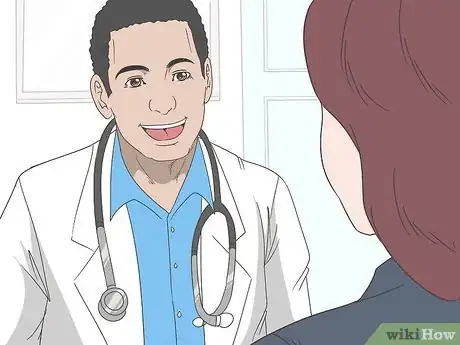
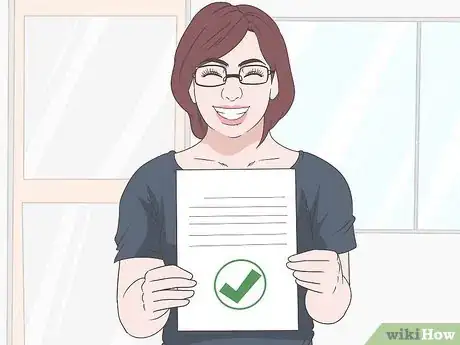


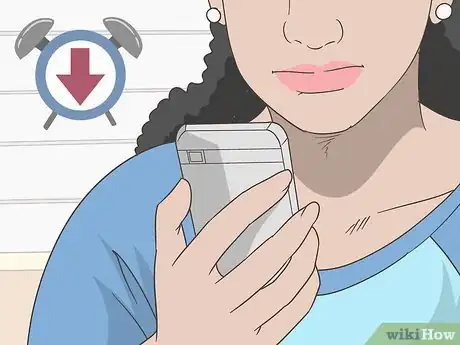
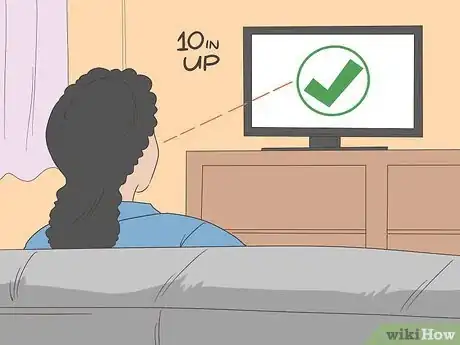


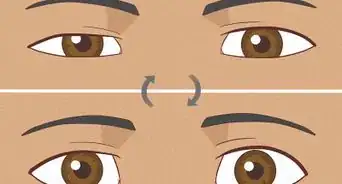
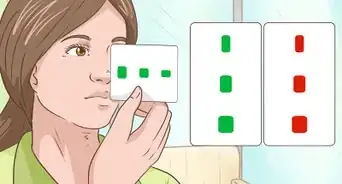
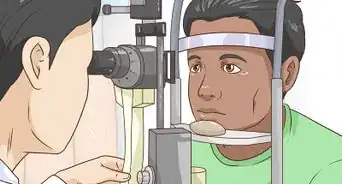
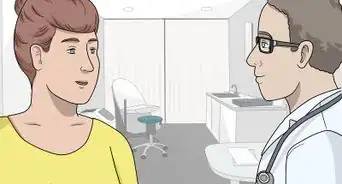
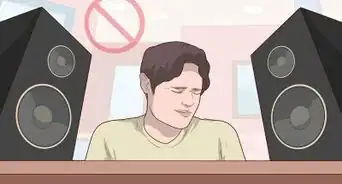



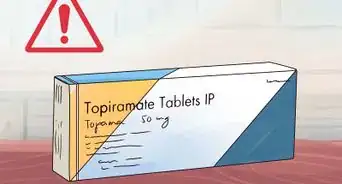


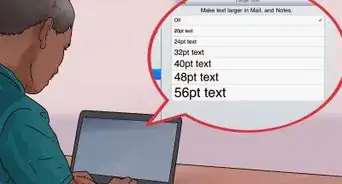
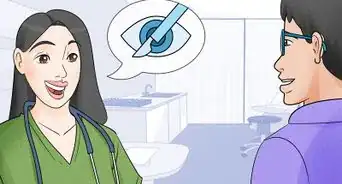







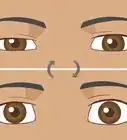
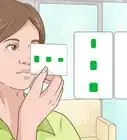
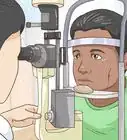




































Medical Disclaimer
The content of this article is not intended to be a substitute for professional medical advice, examination, diagnosis, or treatment. You should always contact your doctor or other qualified healthcare professional before starting, changing, or stopping any kind of health treatment.
Read More...